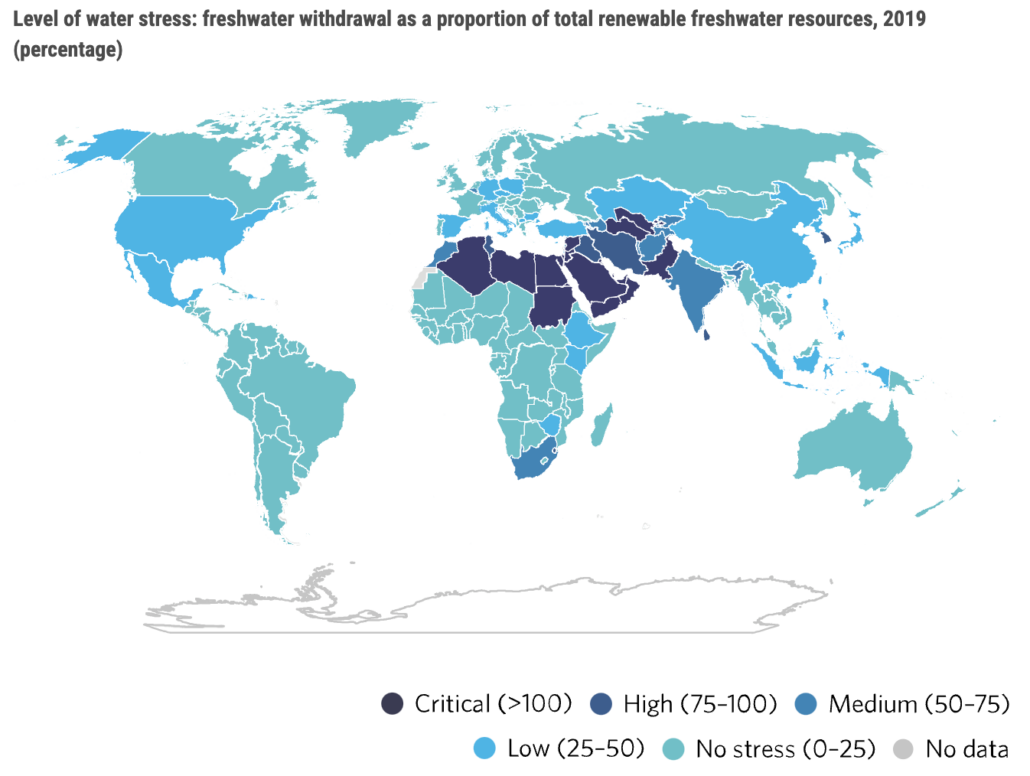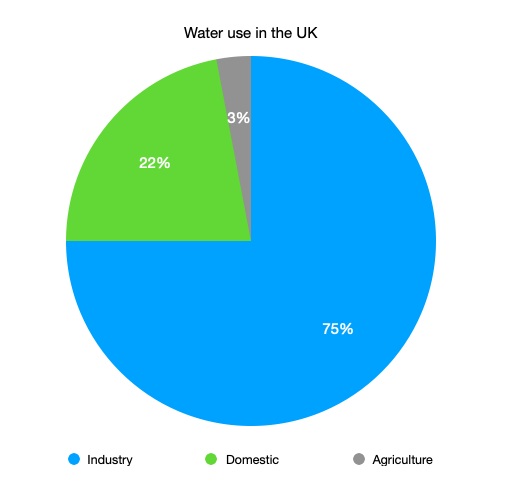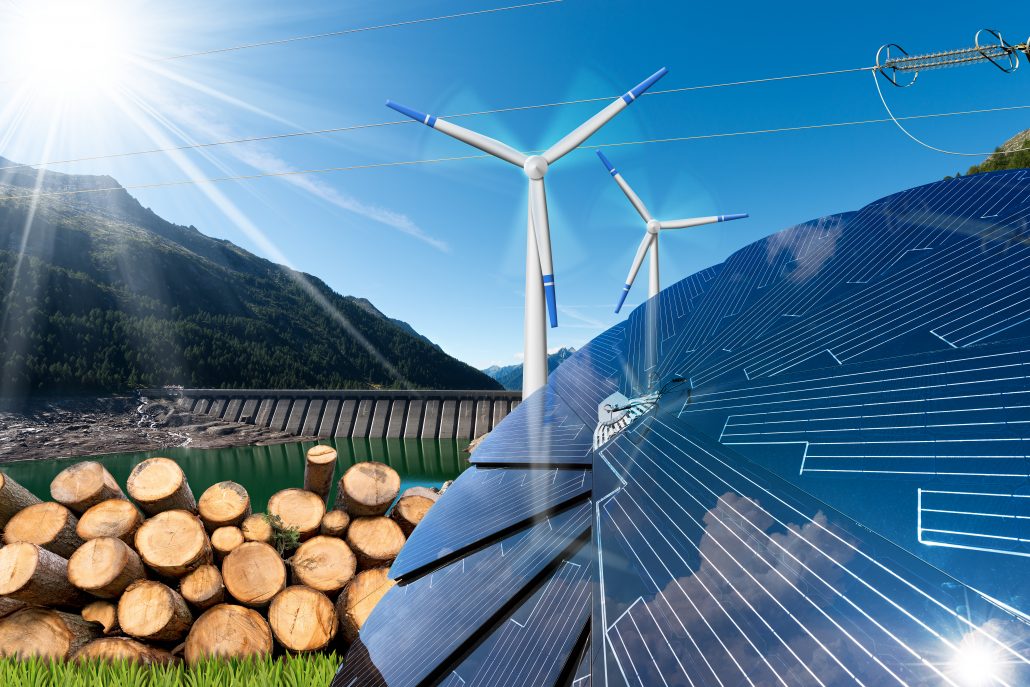The significance of food, water and energy
Food, water and energy are fundamental to social and economic human well-being
A resource is a stock or supply of something with a value or a purpose. The three most crucial resources are food, energy, and water, which are vital for countries to develop. However, these resources are not distributed equally worldwide. High-income countries often have abundant supplies, leading to a higher quality of life. In contrast, many low-income countries, particularly in sub-Saharan Africa, face a scarcity of these essential resources, hampering their efforts to improve the quality of life of their citizens. With the global population on the rise, managing these resources will pose significant challenges.
A regular supply of food, water, and energy is essential for us to be healthy, live a good life, have good social relations and security, and have freedom of choice. Where food, water, and energy are abundant, there are significant economic and social benefits relative to demand. If people have regular support, their quality of life and economic well-being will improve. Where they are scarce, this has a significant impact on well-being.
Food provides us with the energy needed to work and enjoy ourselves. We measure the energy in the food we eat in calories. The number of calories an individual needs to consume depends on age, gender and the type of job you do. The World Health Organisation (WHO) recommends 2000-2500 calories per day to be healthy. On average, women should aim to consume 2000 calories, men 2500, children aged 5-10 1800, girls 11-14 1850 and boys 11-14 need 2200. Although these are averages, sports people and those employed in more physically demanding jobs, such as labouring, require a higher food intake as they burn more energy.
Over a billion people fall below the WHO-recommended calorie intake. A further two billion people have a diet lacking a balance of minerals and vitamins, resulting in undernutrition or malnutrition, which can lead to various illnesses and diseases.
Too much food can lead to obesity, which in turn leads to health issues such as diabetes, strokes, cancer, and heart disease. These issues are more common in high-income countries (HICs). On the other hand, too little food can also harm health and well-being, including stunted growth, eye problems, diabetes, and heart disease. Although not limited to low-income countries, these conditions are more common in less developed regions.
People need to be well-fed to be productive and support economic development. Obesity and undernourishment both negatively impact economic development.
Water is essential not only for humans and animals to drink but also plays a crucial role in sustaining crops and the food supply and serving as a power source. With the global population increasing, an increasing number of individuals are experiencing water scarcity. This shortage primarily stems from variations in climate and rainfall patterns, necessitating rainwater capture in reservoirs or its extraction from rivers and underground aquifers. However, these solutions are costly and demand substantial investment.
The map below shows water scarcity by country.

Water scarcity by country – 2019 – source: UN
Many of the world’s poorest nations already suffer from a lack of water, and the United Nations predicts that by 2025, fifty countries will be grappling with water scarcity. Furthermore, there are marked disparities in water consumption between high-income countries (HICs) and low-income countries/newly emerging economies (LICs/NEEs), as illustrated in pie chart D.
The average person in the UK uses 150 litres of water a day. Only 4% of this is used for drinking. In the UK, industry uses 75% of water.

Energy is used in many ways. For example, it heats our homes, manufactures goods, processes food and power transport. Energy use varies depending on where people live and how wealthy (rich) they are. In the past, energy has come from burning wood and fossil fuels such as oil and coal. Fossil fuel is a natural fuel, such as coal or gas, formed in the geological past from the remains of living organisms. Nowadays, more energy comes from renewable energy, such as solar and wind power. Renewable energy, often called clean energy, comes from natural sources or constantly replenished processes.

Renewable energy sources – Wind energy (wind turbines), solar energy (solar panels), biomass (tree trunks), and hydropower (dam for hydroelectric power)
Pressure on the supply of resources will increase as the world’s population grows. This growth rate can cause significant problems, as it will become increasingly challenging to meet demand. One of the most critical issues is the unequal distribution and consumption of resources.
An overview of global inequalities in the supply and consumption of resources
Use the images below to explore related GeoTopics.